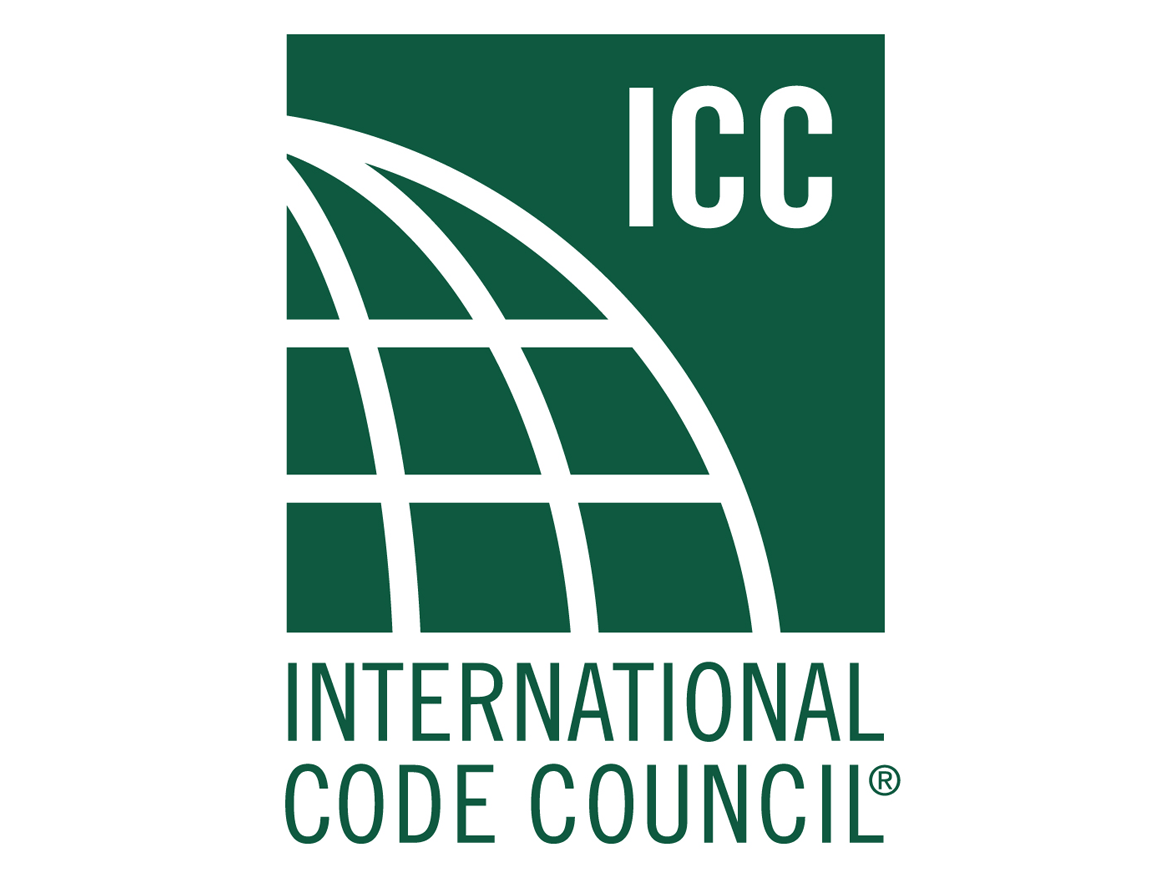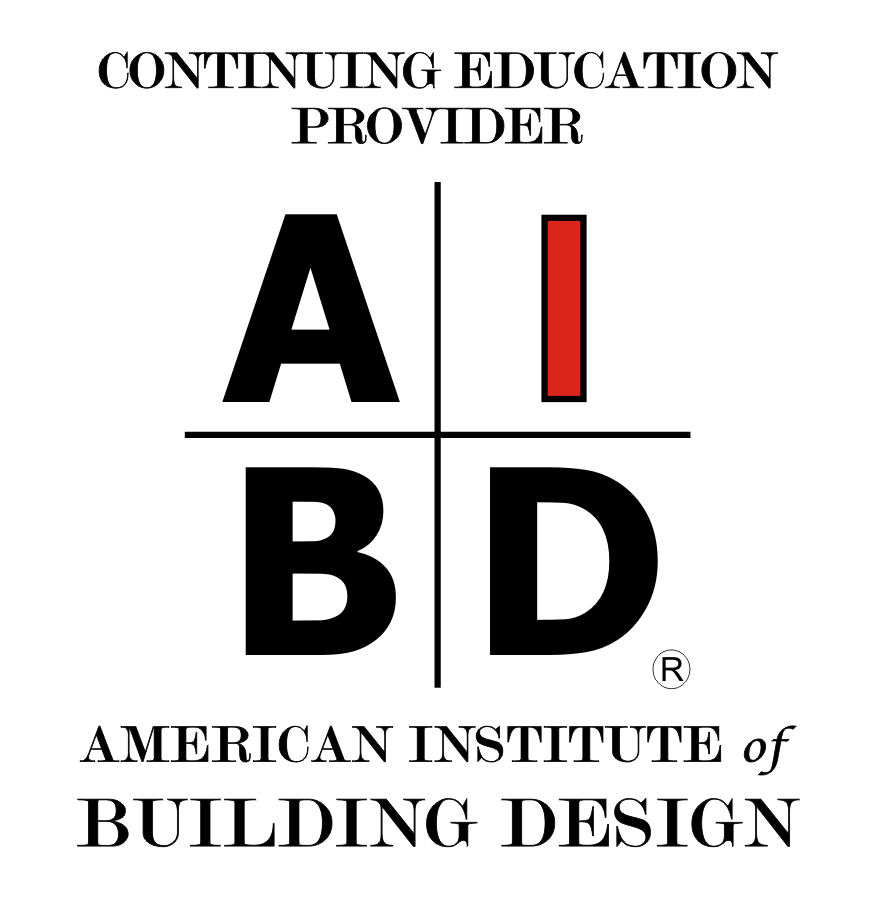Understanding Embodied Carbon in Architectural Projects
Exploring Standards, Strategies, and Lifecycle Assessments for Sustainable Design
Sponsored by Vectorworks, Inc. | Presented by Luka Stefanovic
Webinar On-Demand
Sustainable architecture is becoming more important than ever as the AEC industry is working to reach carbon reduction and sustainability targets. The presentation discusses standards, guidance, data sources and legislation driving embodied carbon to the front of the sustainable construction conversation, and delves into the standard methodology to calculate it in architectural projects. It will show how to approach assessments from early design stages as well as in advanced stages, and how to assess carbon for the whole lifecycle of projects.

Image courtesy of Studio Partington - Crescent House, Golden Lane Estate
Refurbishment and thermal improvement of glazed facades.
 |
As Architectural Engineer, Luka Stefanovic has worked on a number of UK office and residential-based projects of varying scales, taking on architectural and technical design across the design and construction stages of projects. He has also worked internationally on projects ranging from design competition entries, EXPO exhibition design, and interior design. With a longstanding passion for sustainable architecture, Luka has been involved in research projects on energy modelling which resulted in conference presentations, webinars, university projects, and participation in building SMART’s International Expert Panel for Information Delivery Manual (IDM) Development for Building Energy Modelling (BEM). His interest in embodied carbon has led him to create a calculator for the assessment of carbon emissions directly from a BIM model. As a senior architecture industry specialist at Vectorworks, Luka is responsible for all architectural matters. He has frequent meetings with practices, consulting or providing CPDs, optimizing workflows for users, and providing feedback to the software development team. |
Vectorworks, Inc. is an award-winning design and BIM software provider serving the architecture, landscape architecture and entertainment industries in 85 countries. Creating intuitive software since 1985, we’ve become the preeminent software built to manage the entire design process. Globally more than 685,000 users are creating, connecting and influencing the next generation of design with Vectorworks on Mac and Windows. Headquartered in Columbia, Maryland, with offices in Newbury and London, England and Vancouver, Canada, Vectorworks is a part of the Nemetschek Group. Learn how we empower designers to create experiences that transform the world at vectorworks.net or follow @Vectorworks.
Originally published in Architectural Record
Originally published in April 2025
LEARNING OBJECTIVES
- Explore project lifecycle stages and how carbon is assessed for projects’ whole lifecycle.
- Recognize the difference between embodied and operational carbon and their importance to reducing carbon footprints.
- Calculate embodied carbon using material properties, material quantities and embodied carbon data.
- Assess embodied carbon in product, transport, construction, use and end of life stages.











